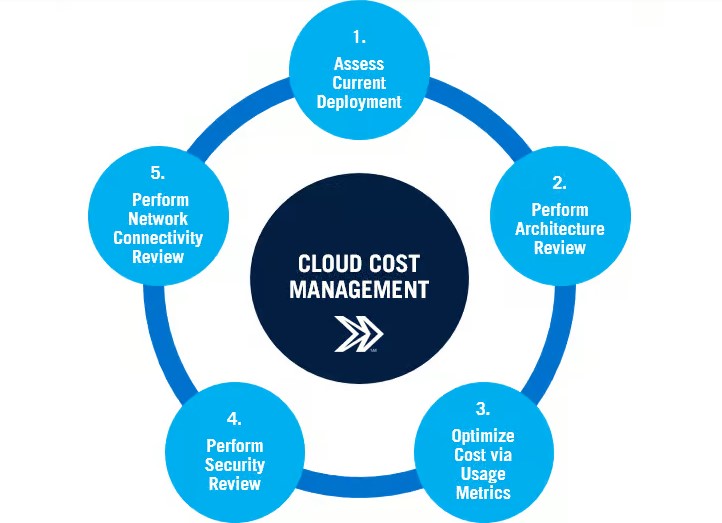Introduction
Controlling Cloud Expense services has revolutionized the way businesses operate, providing unparalleled flexibility, scalability, and efficiency. However, controlling cloud expenses has become a significant concern as more companies migrate to the cloud. The seemingly endless possibilities come with a price tag that can quickly spiral out of control if not managed properly.
Understanding Cloud Costs
Before diving into cost-saving strategies, it’s essential to understand what constitutes Controlling Cloud Expenses. Cloud costs typically include computing resources, storage, data transfer, and additional services such as databases and analytics. Mismanagement often occurs due to lack of visibility, improper scaling, and underutilization of resources.
Choosing the Right Cloud Service Provider
The first step in Controlling Cloud Expenses is choosing the right provider. Major players like AWS, Azure, and Google Cloud offer various pricing models. It’s crucial to compare these models, considering factors such as pay-as-you-go vs. reserved instances, and the specific needs of your business.
Implementing Cost Management Strategies
Effective cost management starts with setting budgets and alerts. Many cloud providers offer built-in cost management tools that allow you to set spending thresholds and receive notifications when you approach these limits. This proactive approach can anticipate unforeseen costs.
Optimizing Resource Utilization
One of the most effective ways to reduce costs is by optimizing resource utilization. Regularly audit your cloud environment to identify unused or underutilized resources. Rightsizing your instances—adjusting the size and type of your resources to match actual usage—can lead to significant savings.
Leveraging Automation for Cost Efficiency
Automation can play a critical role in cost management. Implementing auto-scaling ensures that you only use the resources you need at any given time. Scheduled scaling and shutdowns for non-essential services during off-peak hours can also reduce costs.
Adopting a Multi-Cloud Strategy
A multi-cloud procedure includes utilizing services from different cloud suppliers. This approach can offer cost benefits, such as avoiding vendor lock-in and taking advantage of each provider’s best prices and features. However, managing a multi-cloud environment comes with challenges, including increased complexity and the need for effective integration and management tools.
Negotiating Contracts and Pricing
Understanding your usage patterns is crucial when negotiating contracts with cloud providers. Leverage volume discounts and reserved instances to lock in lower rates. Don’t be afraid to negotiate better terms based on your projected growth and long-term needs.
Monitoring and Reporting
Regular monitoring and reporting are essential to keep track of your cloud expenses. Conducting periodic cost audits can help identify areas of overspending. Customizing reports to highlight key metrics and trends provides better insights into your cloud usage and costs.
Educating Your Team
Educating your team about cost-aware practices is vital. Training sessions on efficient cloud usage, cost management tools, and best practices can foster a culture of cost efficiency within your organization.
Using Third-Party Tools and Services
In addition to built-in tools from cloud providers, third-party cost management tools can offer enhanced features and insights. Tools like CloudHealth, Cloudability, and ParkMyCloud provide advanced analytics, recommendations, and automation capabilities to help manage your cloud expenses more effectively.
Case Studies
Learning from the successes and challenges of other organizations can provide valuable insights. Case studies of companies that have effectively managed their cloud costs can offer practical tips and strategies.
Future Trends in Cloud Cost Management
The future of cloud cost management looks promising with advancements in predictive analytics and AI. These technologies can provide real-time insights and automated recommendations for optimizing cloud expenses.
Conclusion
Controlling Cloud Expenses requires a comprehensive approach that includes choosing the right provider, implementing cost management strategies, optimizing resource utilization, and leveraging automation. By staying informed and proactive, businesses can manage their cloud costs effectively and continue to reap the benefits of cloud computing.










